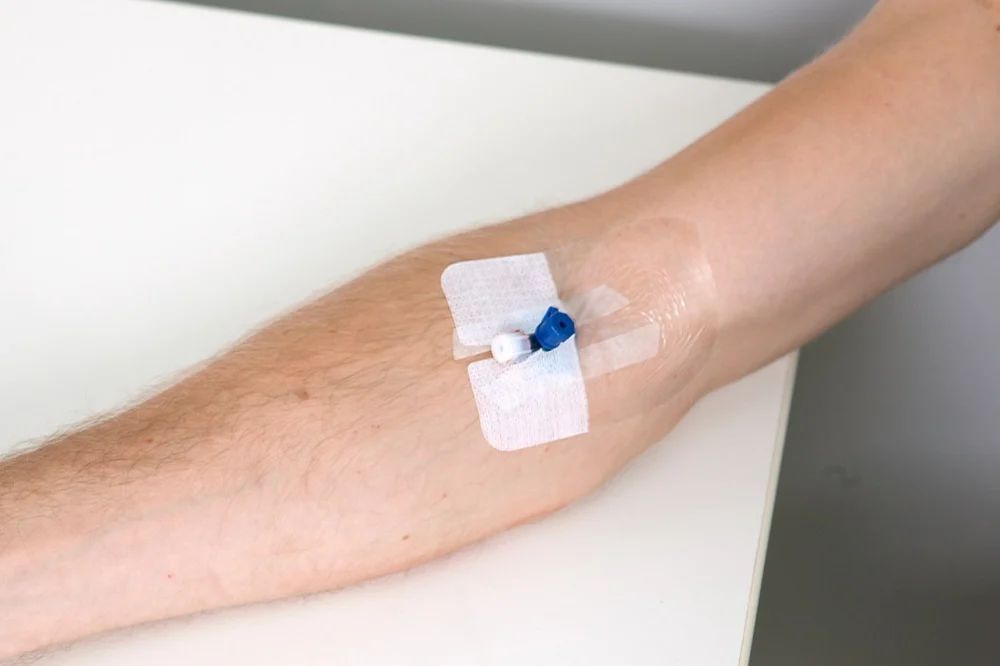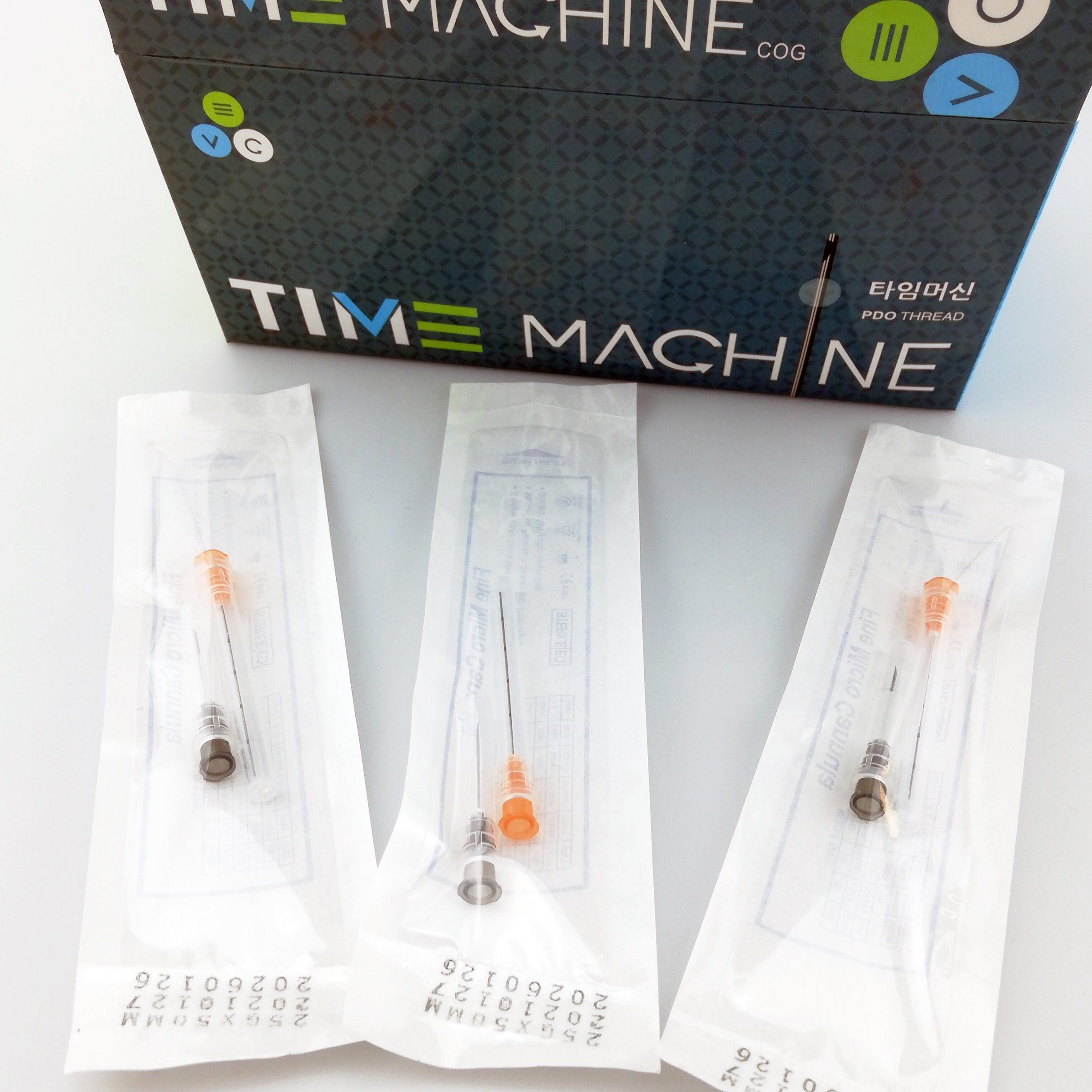In the aesthetic medicine world, beauty science constantly evolves, bringing new methods to enhance facial treatments, reduce downtime, and improve patient comfort. One of the latest innovations to redefine cosmetic procedures is disposable microcannulas, designed to deliver fillers with precision while minimizing bruising and trauma. This technology offers a more refined approach than traditional needles, making it a game-changer for both patients and practitioners.
In this article, we explore the principles of microcannula technology, the science behind its unique design, and how it’s reshaping the beauty industry by making facial treatments safer, smoother, and more effective.
What is Microcannula Technology?
Microcannula technology is based on the use of a small, flexible, blunt-tip cannula instead of a traditional needle. Unlike sharp needles, which puncture tissue and can cause damage to blood vessels, microcannulas slide through tissue gently, minimizing the risk of bruising and discomfort. This innovation provides practitioners with a safer, more controlled method of delivering injectable treatments, including dermal fillers, by distributing the substance evenly and precisely in targeted areas.
The disposable microcannula is especially popular because it ensures hygiene, reduces infection risk, and eliminates the need for sterilization between uses. This disposable option has also allowed for more streamlined, patient-centered practices in aesthetic treatments.

How Microcannulas Differ from Traditional Needles
The primary difference between microcannulas and needles lies in their design. Needles are sharp and can puncture tissues directly, which can be advantageous for precise injection but also increases the risk of bruising and damage to blood vessels. In contrast, microcannulas are flexible, allowing them to navigate around veins and blood vessels without rupturing them. This gentle approach reduces trauma under the skin and leads to quicker recovery times.
Another benefit of microcannulas is their length; they can cover a larger area through a single entry point. This reduces the number of injection points needed, leading to less skin trauma and a more comfortable experience for the patient.
The Science Behind Blunt-Tip Cannulas
The blunt tip of a microcannula plays a critical role in minimizing trauma. Unlike sharp needles, which pierce through layers of skin and tissue, blunt-tip microcannulas push past tissue gently. The flexibility and rounded tip allow practitioners to work around blood vessels, making the technique safer and suitable for sensitive areas, such as under the eyes, cheeks, and lips.
This science-backed approach is key to achieving smoother and more natural-looking results, as the blunt-tip method allows for even filler distribution. The microcannula technique promotes a smoother, more youthful appearance without the harsh effects or noticeable recovery associated with needle injections.
Why Disposable Microcannulas Are a Game-Changer
Disposable microcannulas represent a major advancement in aesthetic treatments. Not only do they reduce the risk of contamination, but they also ensure every treatment is performed with a sterile instrument. Practitioners can focus on quality, knowing that each cannula used is fresh and sterile, which is critical for patient safety and for achieving the best results.
This disposable option has become widely favored in clinics, as it eliminates the labor-intensive sterilization process required for reusable instruments. With single-use cannulas, practitioners can deliver consistent, high-quality results to every client, building a reputation for safety and care in their practices.
Applications of Microcannulas in Aesthetic Treatments
Microcannulas are suitable for various cosmetic procedures, particularly dermal filler injections. They are used to:
- Plump the Lips: With less pain and bruising, microcannulas can deliver fillers more comfortably in delicate areas like the lips.
- Smooth Out Nasolabial Folds: For deep smile lines, microcannulas provide smooth filler placement, creating a more natural lift.
- Add Volume to Cheeks and Temples: By spreading filler evenly, practitioners can use microcannulas to restore volume in areas that tend to lose definition with age.
- Reduce Fine Lines Around the Eyes: Microcannulas are especially helpful around the eyes, where skin is thin and sensitive, making traditional needle injections challenging.
These procedures, when performed with a microcannula, tend to have less swelling, bruising, and downtime, making them increasingly popular choices for those looking for non-invasive facial enhancements.
Benefits of Microcannula Technology in Cosmetic Medicine
Microcannula technology offers a range of benefits for both practitioners and patients:
- Enhanced Safety: With less risk of puncturing blood vessels, the technique is safer for sensitive facial areas.
- Reduced Discomfort: Patients report less pain and bruising compared to traditional needle injections.
- Minimal Downtime: Recovery time is often shorter, allowing patients to resume daily activities quickly.
- More Natural Results: By distributing filler evenly, microcannulas help create a soft, natural-looking appearance.
These advantages drive a trend toward microcannula use in aesthetic practices worldwide, as patients increasingly demand comfortable and effective cosmetic treatments.
A Look at the Future of Microcannula Technology
With advancements in microcannula design, such as increased flexibility and the availability of various sizes, the technology will continue to evolve and offer better results in the future. More practitioners are adopting the use of microcannulas as the demand for minimally invasive and pain-free cosmetic treatments grows. As the technology develops, new techniques and applications will likely emerge, offering enhanced options for facial rejuvenation and aesthetic treatments.

Conclusion
Incorporating microcannula technology into cosmetic treatments has revolutionized how fillers are administered, offering patients a safer, more comfortable experience with fewer side effects. With innovations like disposable microcannulas making the technology more accessible, aesthetic practitioners can prioritize hygiene and safety while delivering exceptional results. This science-backed approach ensures that beauty treatments continue to advance toward safer, less invasive methods, making aesthetics more appealing for a broader audience.
Microcannula technology, with its blend of scientific innovation and patient-focused benefits, is transforming the future of cosmetic procedures, ensuring that the art of beauty continues to evolve.


